LED Driver 19 Click is a compact add-on board that simplifies the control of multiple LEDs. This board features the LED1202, a 12-channel low quiescent current LED driver from STMicroelectronics. It can output 5V, and each channel can provide up to 20mA with a headroom voltage of typically 350mW. Each channel is individually adjustable with 4096 pulse-width modulated (12-bit PWM) steps and has a programmable current value of all channels with a maximum of 20mA of LED current per channel. The 8-bit analog dimming individual control can also be used. This Click board™ makes the perfect solution for color mixing and backlight application for amusement products, LED status signalization, home automation projects, and many more.
LED Driver 19 Click is fully compatible with the mikroBUS™ socket and can be used on any host system supporting the mikroBUS™ standard. It comes with the mikroSDK open-source libraries, offering unparalleled flexibility for evaluation and customization. What sets this Click board™ apart is the groundbreaking ClickID feature, enabling your host system to seamlessly and automatically detect and identify this add-on board.
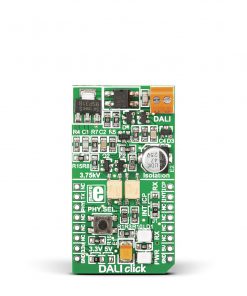 DALI Click
1 × R560.00
DALI Click
1 × R560.00  ADC Click
1 × R540.00
ADC Click
1 × R540.00  RN4678 Click
1 × R855.00
RN4678 Click
1 × R855.00  ccRF2 Click
1 × R800.00
ccRF2 Click
1 × R800.00  MP3 Click
1 × R485.00
MP3 Click
1 × R485.00  MPU 9DOF Click
1 × R550.00
MPU 9DOF Click
1 × R550.00  WiFi Plus Click
1 × R2,250.00
WiFi Plus Click
1 × R2,250.00 

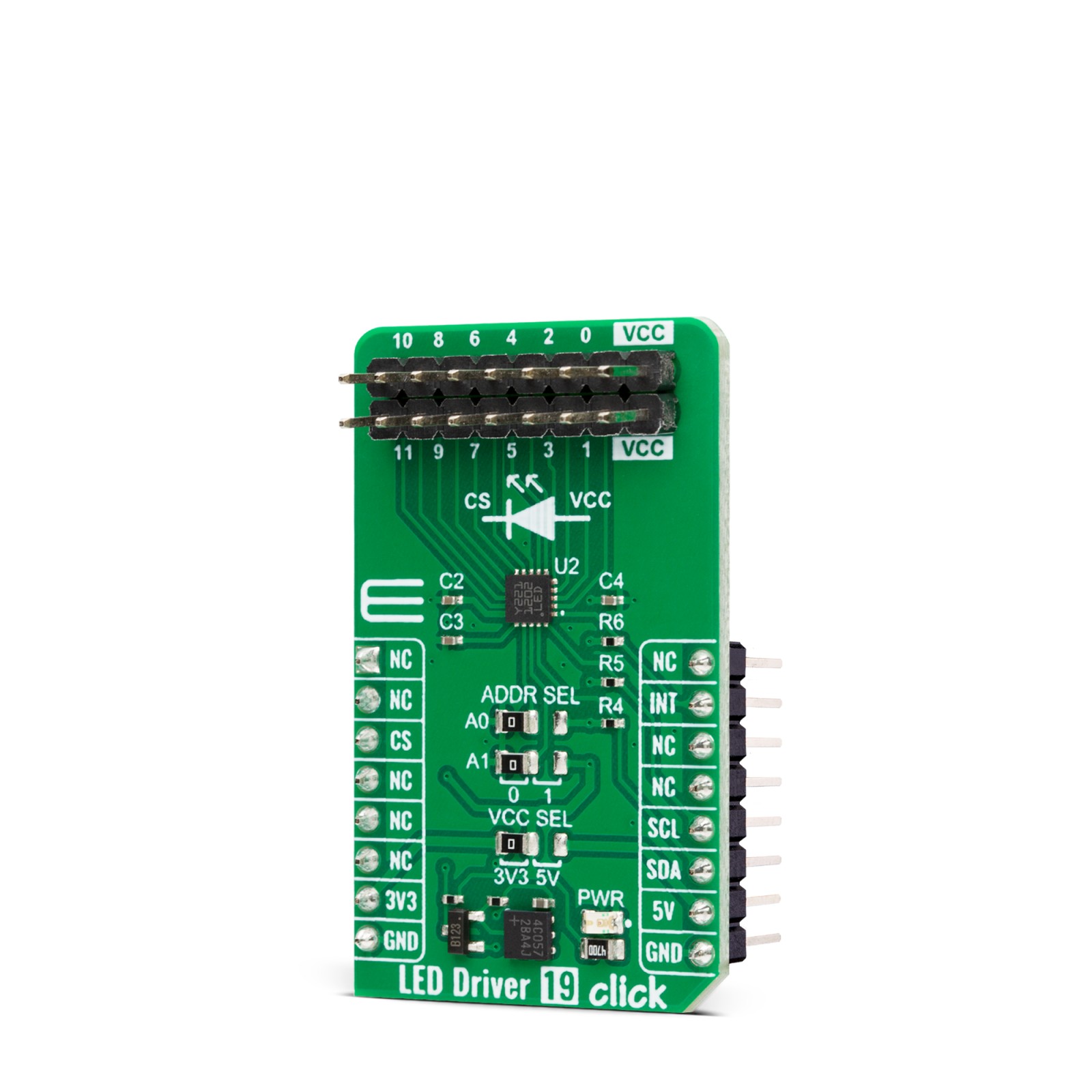
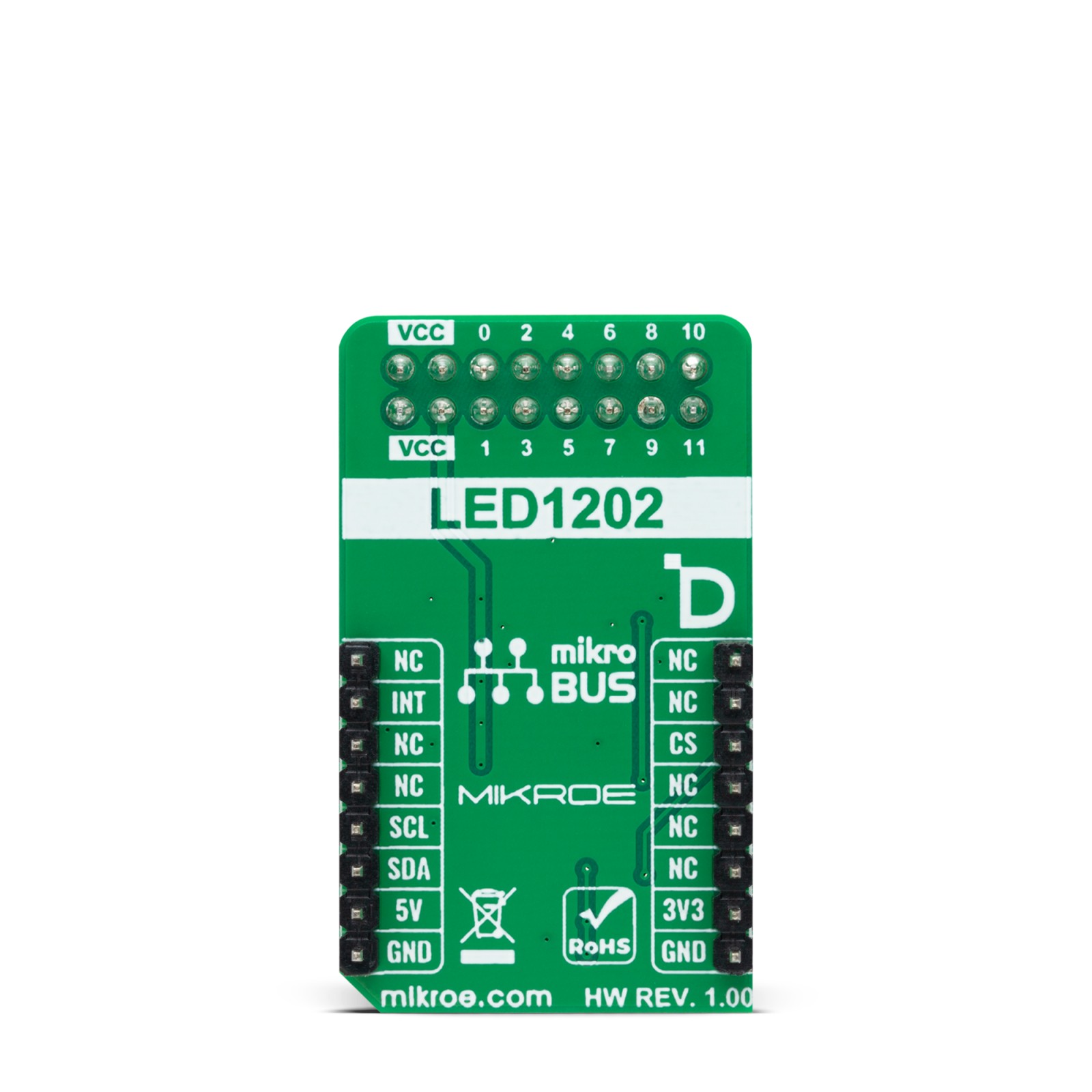
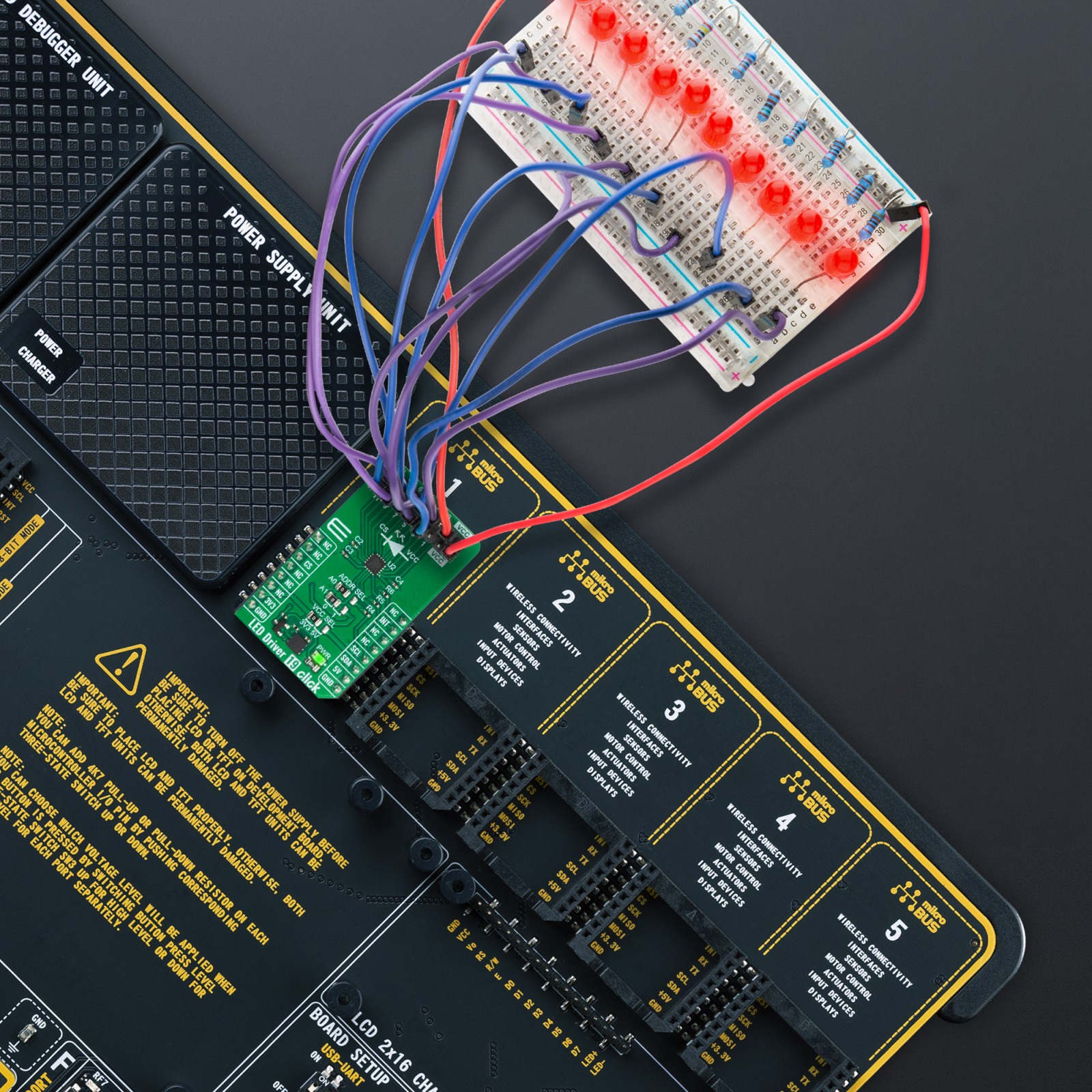

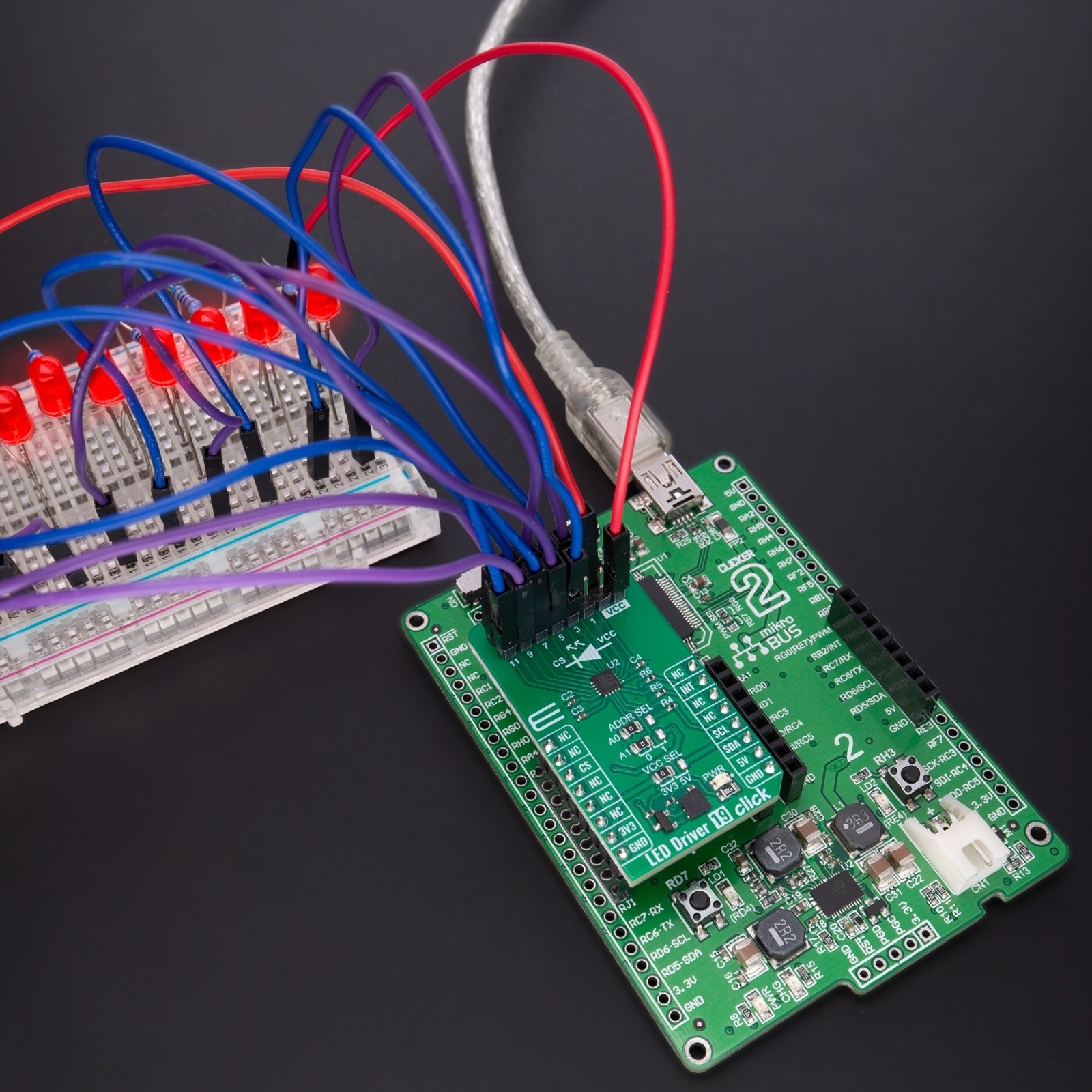
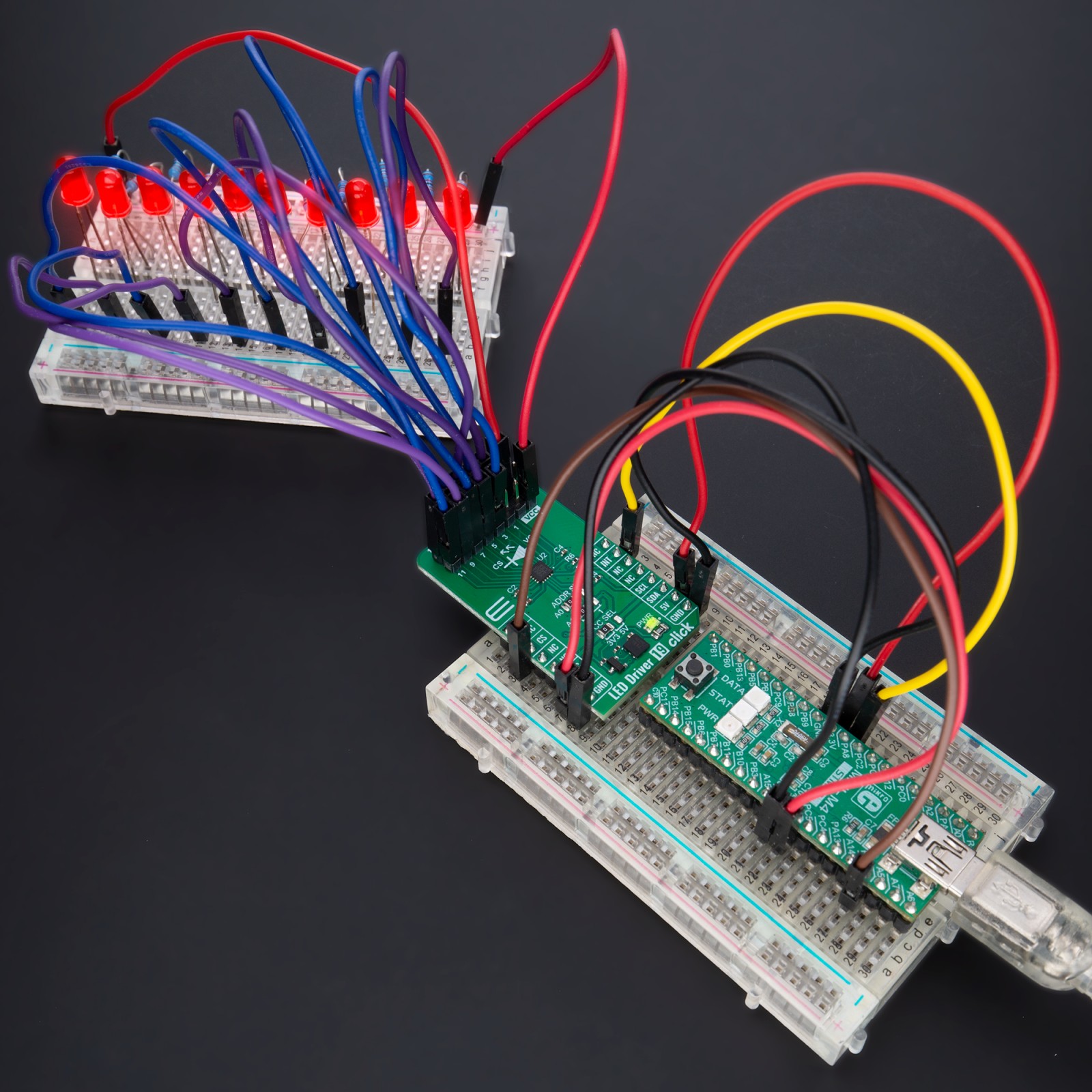
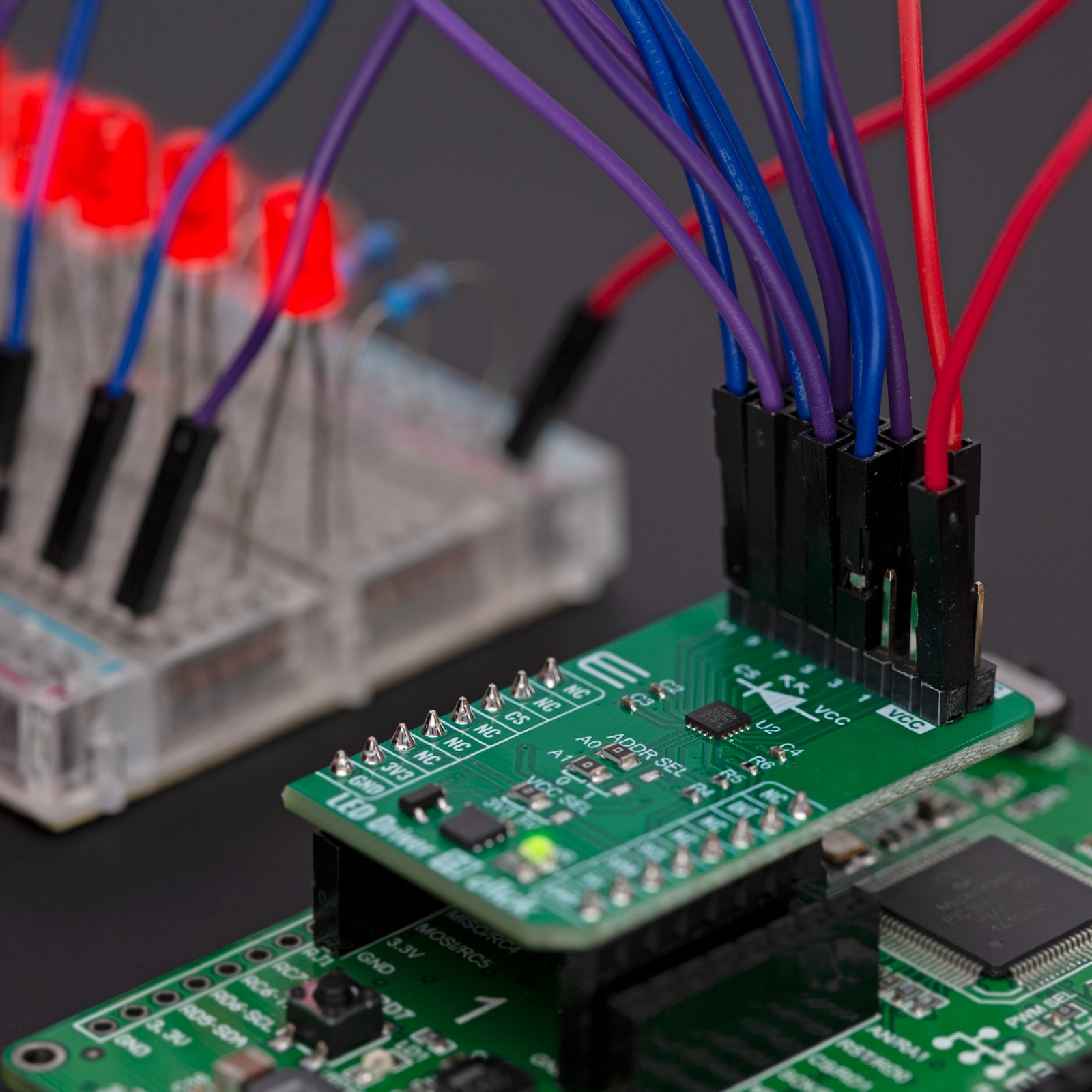
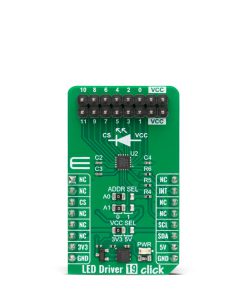



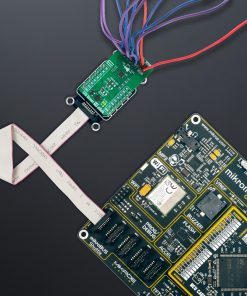


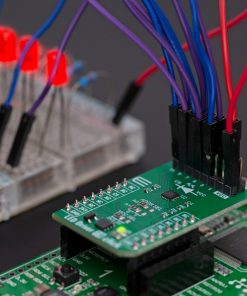
.jpg)





